Musical Instrument Storage Mastery: Essential Guide to Temperature-Controlled Protection
For musicians, whether professional or hobbyist, musical instruments represent both a significant financial investment and an irreplaceable artistic tool. Proper storage is crucial for maintaining these delicate instruments, especially when facing space constraints or temporary relocation. This comprehensive guide will help you understand how to protect your musical instruments using climate-controlled storage solutions.
Why Climate-Controlled Storage is Essential for Musical Instruments
Musical instruments are highly sensitive to environmental changes. Temperature fluctuations and humidity variations can cause:
- Wood warping or cracking in string instruments
- Metal corrosion in brass and wind instruments
- Damage to instrument finishes and varnishes
- Loosening of joints and seams
- Deterioration of cases and protective materials
Temperature and Humidity Guidelines for Different Instruments
Different types of instruments require specific environmental conditions:
String Instruments (Violins, Guitars, Cellos)
- Ideal temperature: 65-75°F (18-24°C)
- Optimal humidity: 45-55%
- Avoid direct sunlight and heat sources
Brass and Wind Instruments
- Ideal temperature: 60-75°F (15-24°C)
- Optimal humidity: 40-50%
- Protection from moisture condensation
Preparation Steps Before Storage
Before placing your instruments in storage, follow these essential preparation steps:
- Clean and Condition: Thoroughly clean each instrument according to manufacturer specifications
- Disassemble Properly: Remove reeds, mouthpieces, and loosen strings as appropriate
- Use Quality Cases: Invest in sturdy, well-padded cases designed for your specific instruments
- Add Moisture Protection: Include appropriate humidity control devices in cases
Organizing Your Climate-Controlled Storage Unit
Maximize protection with proper storage unit organization:
- Never store instruments directly on the floor
- Use sturdy shelving with proper weight distribution
- Keep cases vertical when possible to prevent pressure points
- Leave space between items for air circulation
- Position larger instruments toward the back
Regular Maintenance Schedule
Even in climate-controlled storage, regular maintenance is crucial:
- Monthly visual inspections
- Quarterly cleaning and condition checks
- Seasonal tuning and adjustment as needed
- Regular case and humidity control device maintenance
Special Considerations for Long-Term Storage
If storing instruments for extended periods:
- Document condition with detailed photos before storage
- Create a maintenance schedule with reminder alerts
- Consider insurance coverage for stored instruments
- Keep detailed records of all maintenance activities
Professional Storage Tips for Musicians
Additional considerations for professional musicians:
- Create an inventory system for multiple instruments
- Label cases with handling instructions
- Maintain emergency contact information
- Consider backup instrument accessibility
When to Seek Professional Help
Consult a professional instrument technician if you notice:
- Unusual sounds or tonal changes
- Visible damage or warping
- Stuck or loose parts
- Mold or mildew presence
Choosing the Right Storage Facility
Select a facility that offers:
- 24/7 climate control monitoring
- Advanced security systems
- Easy access for maintenance
- Professional staff familiar with instrument storage
Conclusion
Proper storage of musical instruments requires attention to detail and the right environmental conditions. Climate-controlled storage units provide the stable environment necessary to protect your valuable instruments. By following these guidelines and maintaining regular oversight, you can ensure your instruments remain in excellent condition, ready for your next performance or practice session.


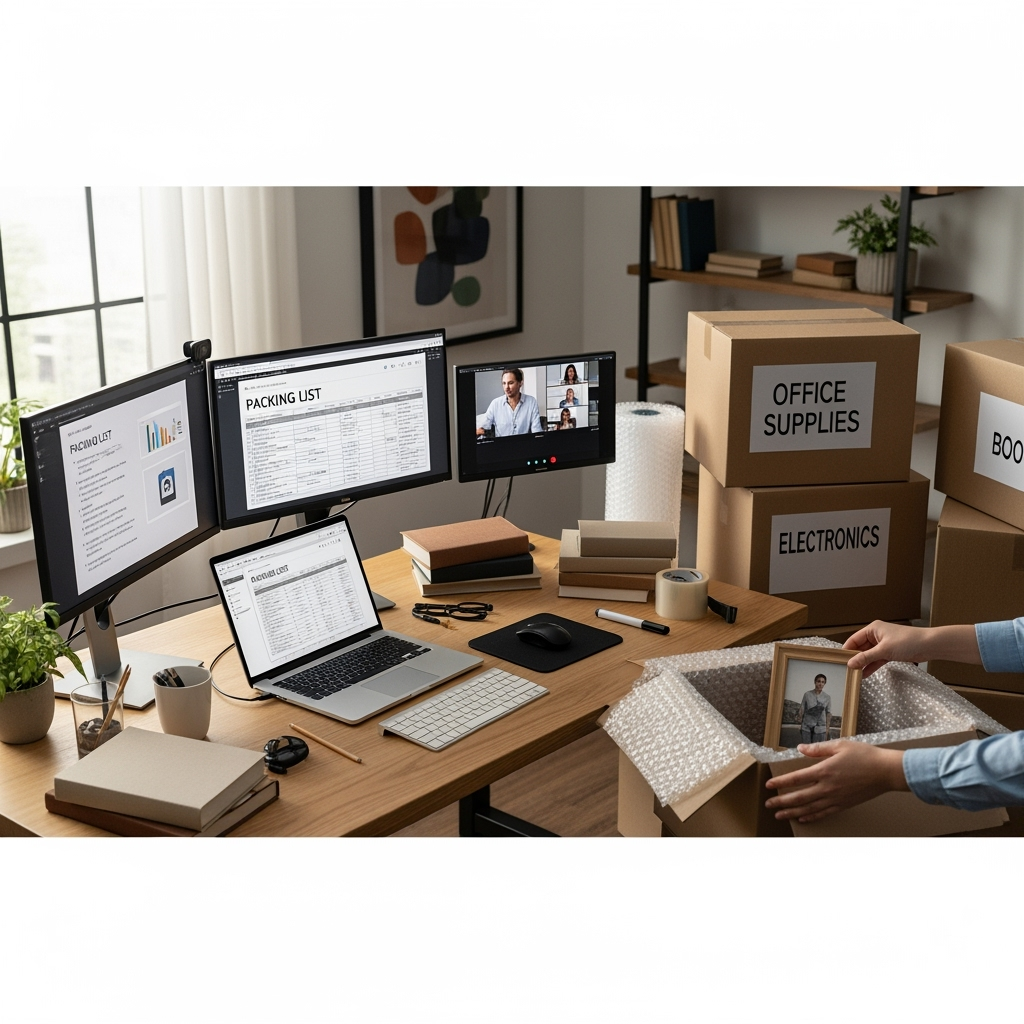


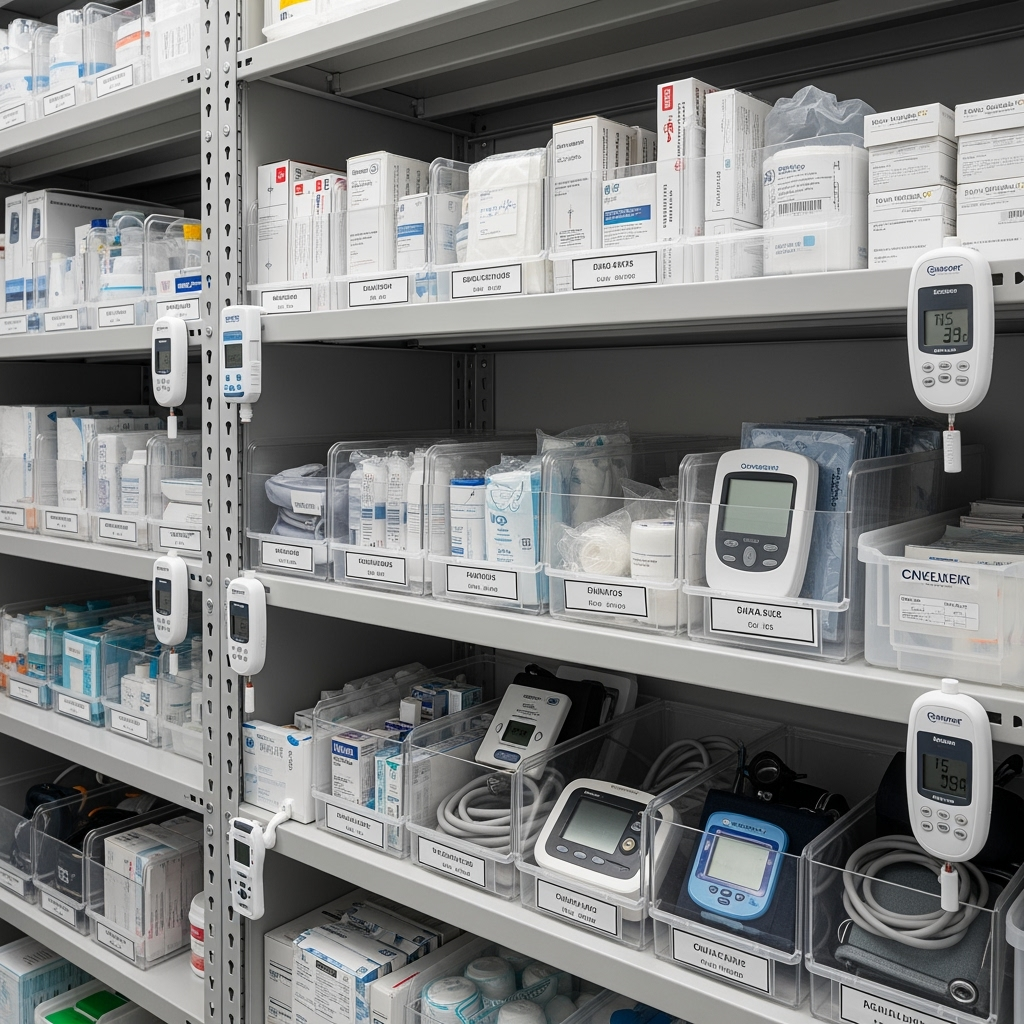
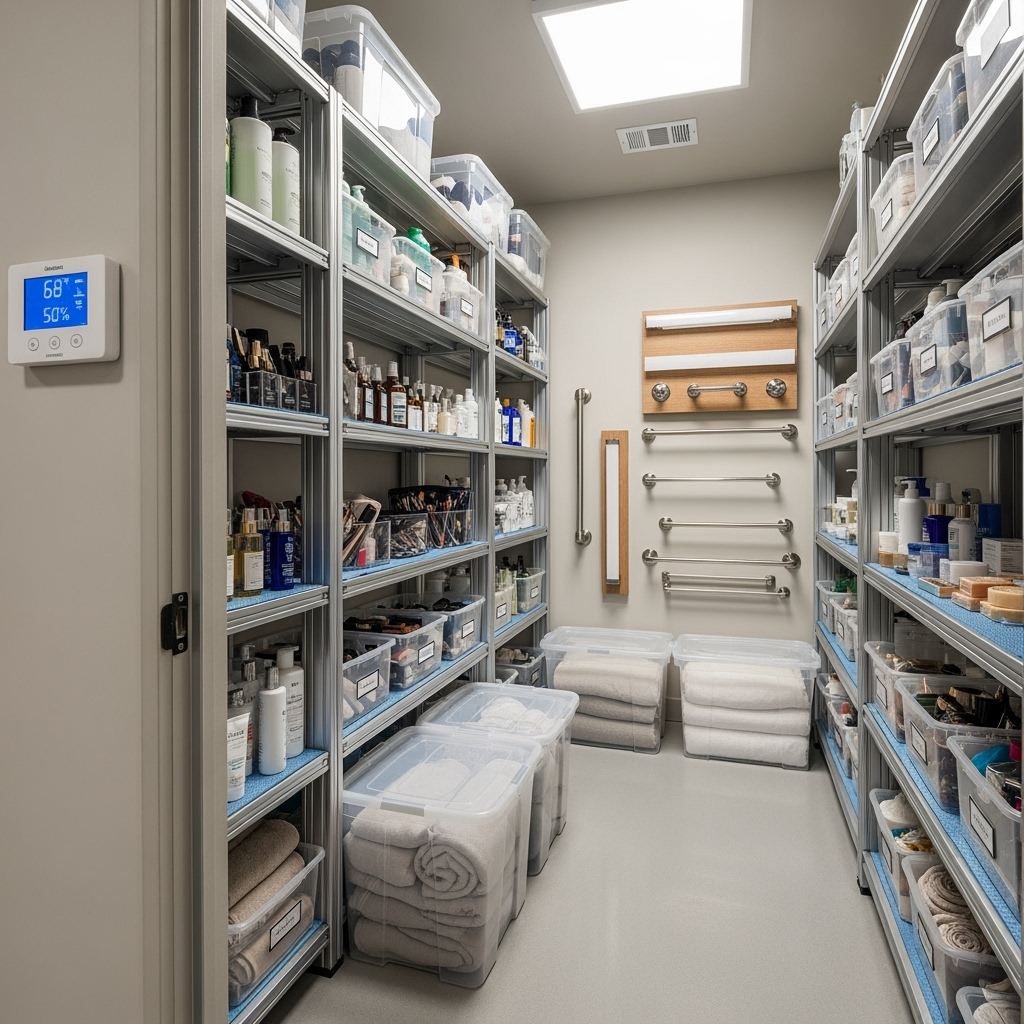
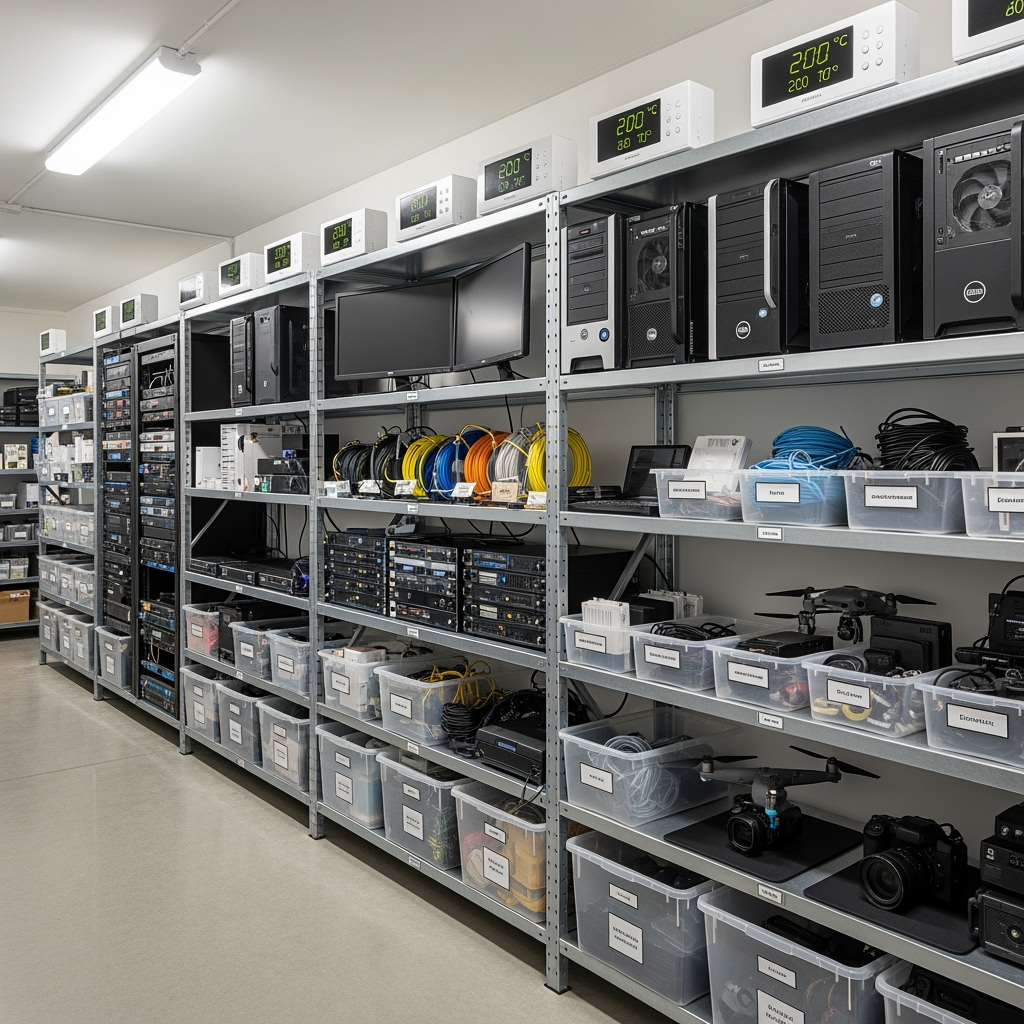
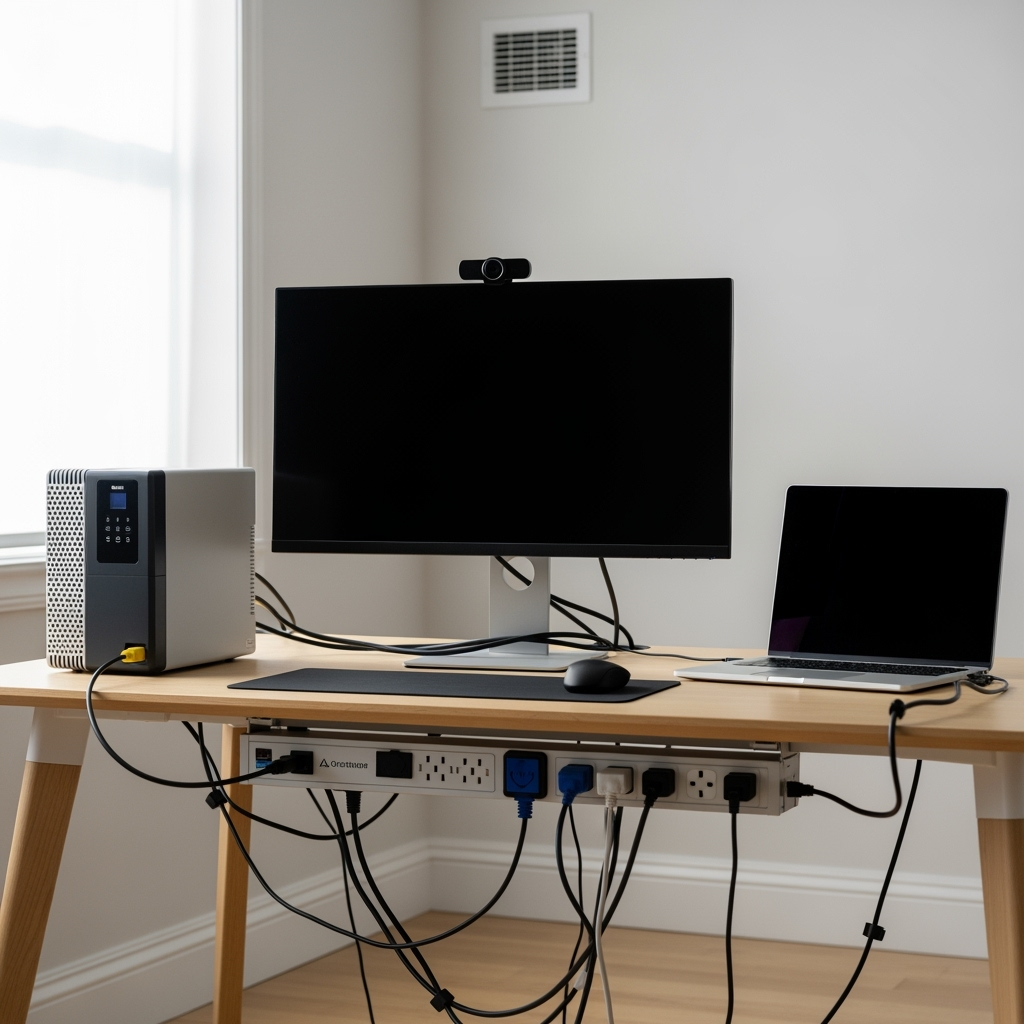
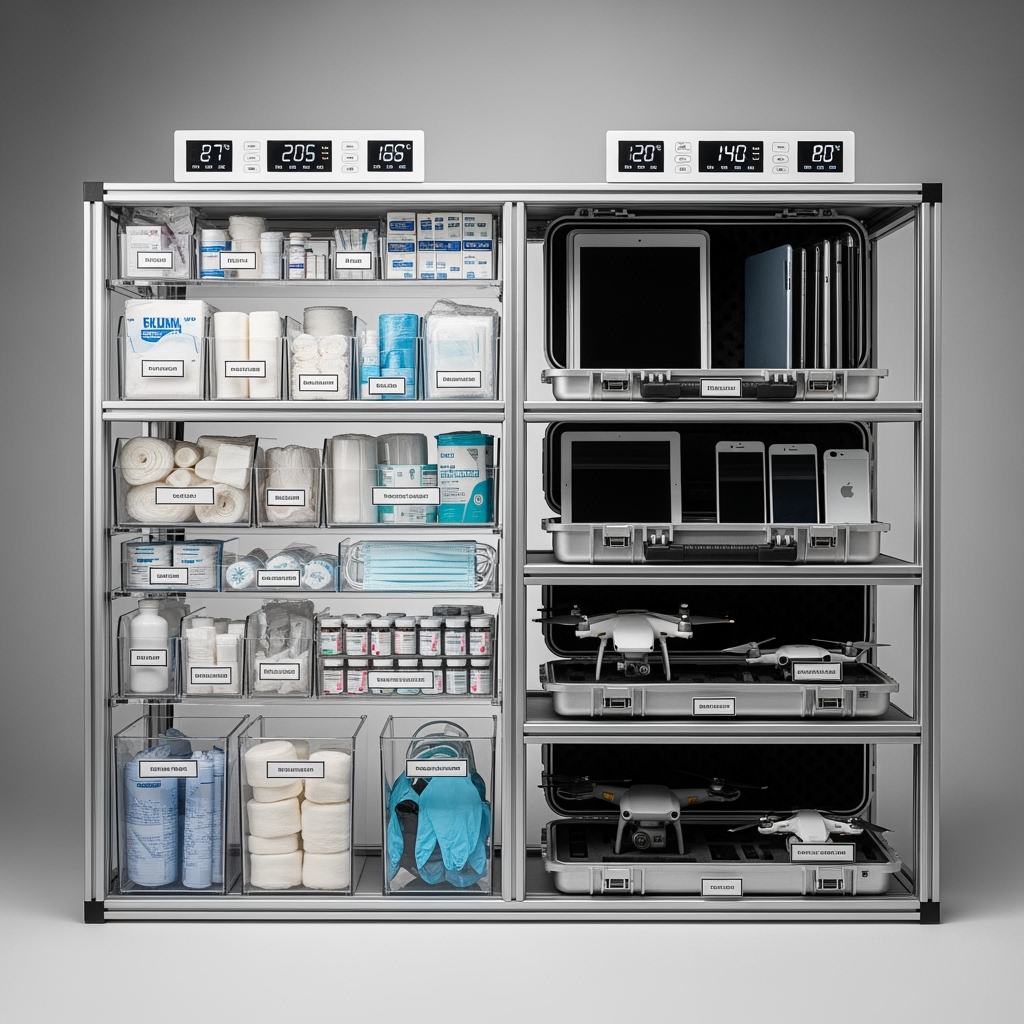
Leave a Reply